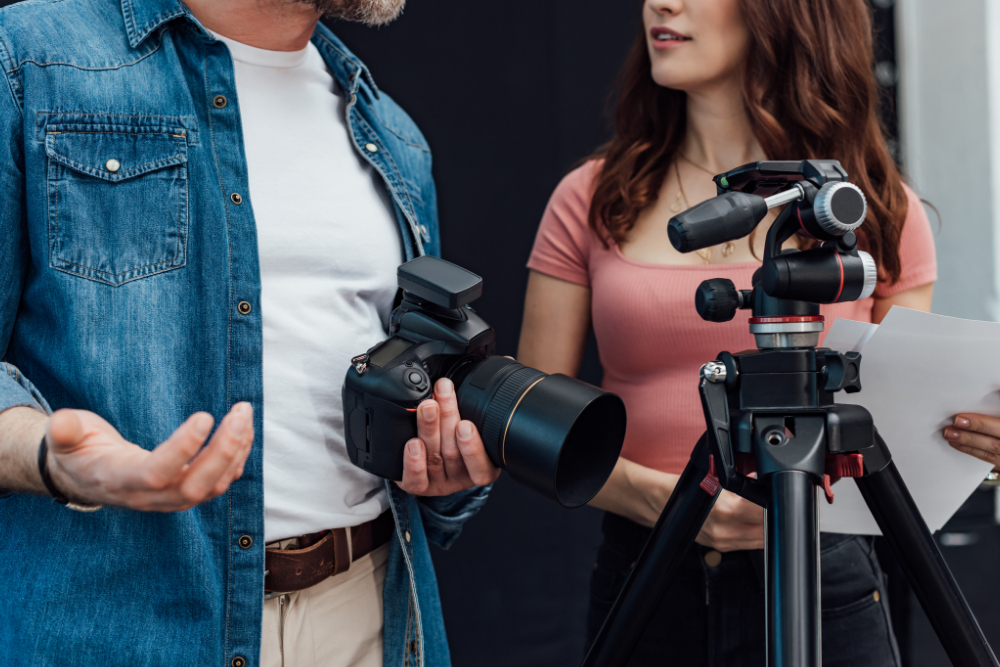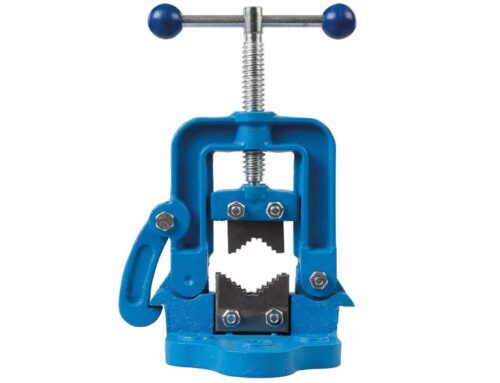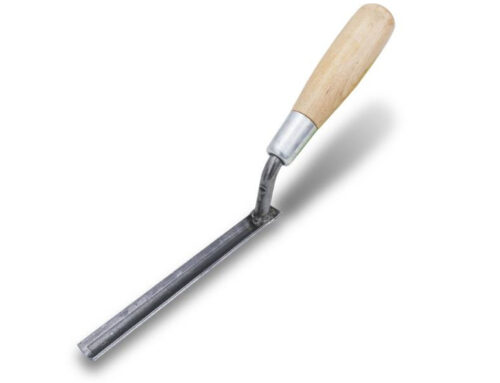What Is A Tripod Stand?
Tripod stands come in various sizes and materials, such as aluminum or carbon fiber, and often include adjustable legs and a central column for height adjustment. They are designed to be portable and easy to set up, making them an essential tool for photographers and videographers who need stability and flexibility in their work.
Additionally, tripods can also be used for other purposes, such as holding microphones or lighting equipment, making them a versatile accessory for any multimedia professional.

Importance Of Using A Tripod Stand
A tripod stand is an essential tool for photographers and videographers. It is used to enhance stability during shooting, which helps reduce camera shake and produce sharper, clearer images. By providing a steady base, a tripod allows for precise framing and composition, resulting in well-balanced and visually appealing shots.
With the stability offered by a tripod, photographers can capture motion without sacrificing image quality. Whether shooting landscapes, portraits, or videos, using a tripod stand is crucial for achieving professional-level results. It ensures that images and footage are sharp, clear, and free from unwanted blurriness.
Additionally, tripods allow photographers to have more control over their creative vision, as they can take their time to experiment with different angles and perspectives. For anyone serious about photography or video shooting, investing in a tripod stand is a must.
Common Types Of Tripod Stands
A tripod stand is a three-legged support device used to stabilize and elevate various equipment. Traditional tripods are one of the most common types available. They have adjustable legs and a center column to adjust height and tilt. Portable tripods are lightweight and compact, making them ideal for travel and outdoor photography.
They typically have twist-lock legs and a quick-release plate. Flexible tripods have bendable legs that allow for a variety of positioning options. They are often used to attach cameras to unconventional surfaces. Each type of tripod stand has its own set of advantages and disadvantages.
Traditional tripods are sturdy but can be bulky. Portable tripods are convenient but may lack stability. Flexible tripods are versatile but may not support heavy equipment. Overall, choosing the right tripod stand depends on the specific needs and preferences of the user.
Factors To Consider When Choosing A Tripod Stand
Choosing the right tripod stand is crucial. Consider its weight capacity to ensure stability. Height adjustability is essential for different shooting angles. Material and durability affect the tripod’s lifespan. Portability and compactness make transportation easier. The head type, whether a ball head or pan-tilt head, determines the flexibility and ease of use.
Make an informed decision when buying a tripod stand.
How To Use A Tripod Stand Properly
A tripod stand is a three-legged device used to stabilize a camera during photography or videography. Proper usage involves setting up the tripod by extending its legs and locking mechanism. The height and center column should be adjusted for optimal positioning.
Attaching the camera to the tripod requires careful consideration of mounting options, such as quick release plates or screw mounts. Ensure the camera is securely fastened to the tripod head to avoid any accidents. Adjusting the tripod for stability and balance is crucial for capturing crisp and steady shots.
The tripod should also be leveled to maintain a straight horizon. For added stability, weight bags or hooks can be used to secure the tripod. Mastering the proper usage of a tripod stand is essential for achieving professional-quality photographs and videos.
Maintenance Tips For Tripod Stands
A tripod stand is an essential tool for photographers and videographers. Proper maintenance is crucial for its longevity and optimal performance. Regular cleaning and lubrication will keep the stand in top shape. Checking and tightening screws and locks is necessary to ensure stability.
When not in use, storing and transporting the tripod properly will protect it from damage. Different materials require specific care, so handle them accordingly. Maintaining your tripod stand will not only extend its lifespan but also enhance the quality of your photography or videography.
Conclusion
A tripod stand is an essential tool for photographers and videographers when it comes to capturing stable and high-quality images and videos. Its sturdy three-legged design ensures stability and minimizes unwanted shaking or blurring during shooting. Whether you are a professional or an amateur, a tripod stand can greatly enhance the precision and creativity of your work.
Not only does a tripod stand provide stability, but it also offers versatility. With adjustable legs and a variety of heights to choose from, you can easily position your camera at various angles and heights for different shooting situations. From low-angle shots to overhead shots, a tripod stand allows you to explore different perspectives and capture unique visuals.
Furthermore, a tripod stand is a valuable tool for capturing long exposures, time-lapse videos, and group shots. It enables you to keep your camera steady for an extended period, eliminating the risk of camera shake. Additionally, it can securely hold your camera in place, allowing you to join group shots without worrying about someone else handling your equipment.
Investing in a high-quality tripod stand is a wise decision for anyone looking to improve their photography or videography skills. Its stability, versatility, and ability to capture various types of shots make it an indispensable tool for any creative individual.
So, whether you are a professional photographer or a hobbyist, a tripod stand is definitely a must-have accessory.







Leave A Comment